A rock formation in the Philippines that dates back over 100 million years? Grabe!
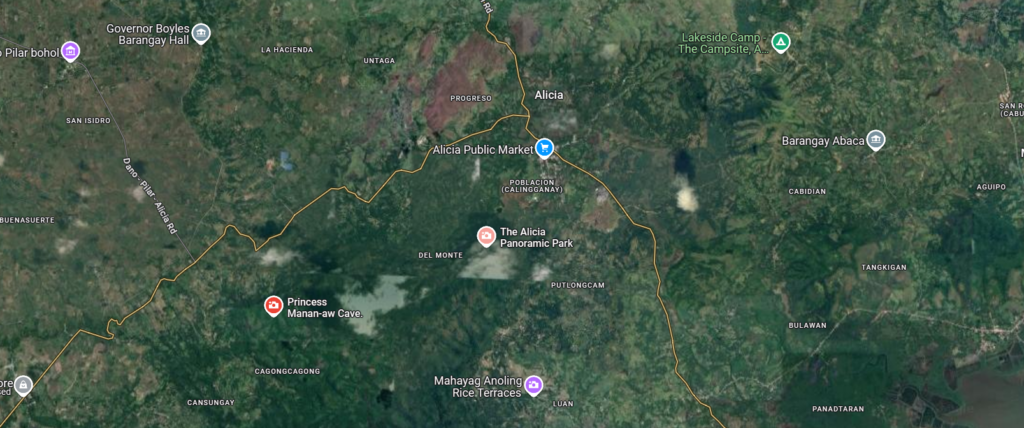
A rock formation found in the north eastern town of Bohol. Named after the town it was found, the Alicia Schist is Bohol’s oldest rock formation that dates back to the late Jurassic to Early Cretaceous period which was roughly around 146 to 66 million years ago.
The Alicia Schist
The oldest rock discovered in Bohol, named for the town where it was formed, began as sediments on the ocean floor and evolved into sedimentary rock. After being subjected to great regional pressure and distortion, it rose and eventually emerged from the water. This led the rocks to metamorphose, transforming them into a new sort of rock than they were originally: a shift with repeating thin layers or sheet-like planes that are readily divided. You may even find outcrops of this old rock in Barangay Cayacay, Alicia, and sections of Ubay.
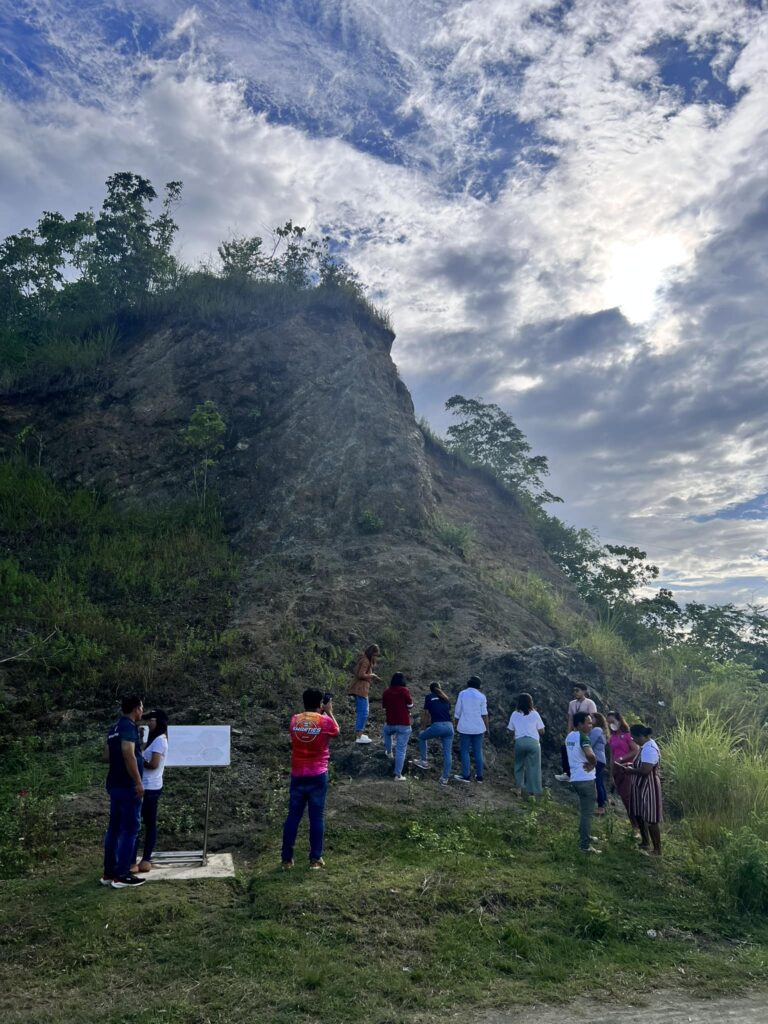
UNESCO’S Designates Bohol Island as PH’s First Global Geopark
One of the numerous reasons why UNESCO designated the island as a UNESCO Global Geopark is due to the interesting elements of Bohol’s geological narrative, including the Alicia Schist. On May 24, 2023, Bohol was formally recognized as the “Philippines’ first UNESCO Global Geopark” by the 216th session of UNESCO’s Executive Board in Paris. According to UNESCO, Bohol’s identity dates back 150 million years and was molded by geological upheavals that raised the island from the ocean floor.

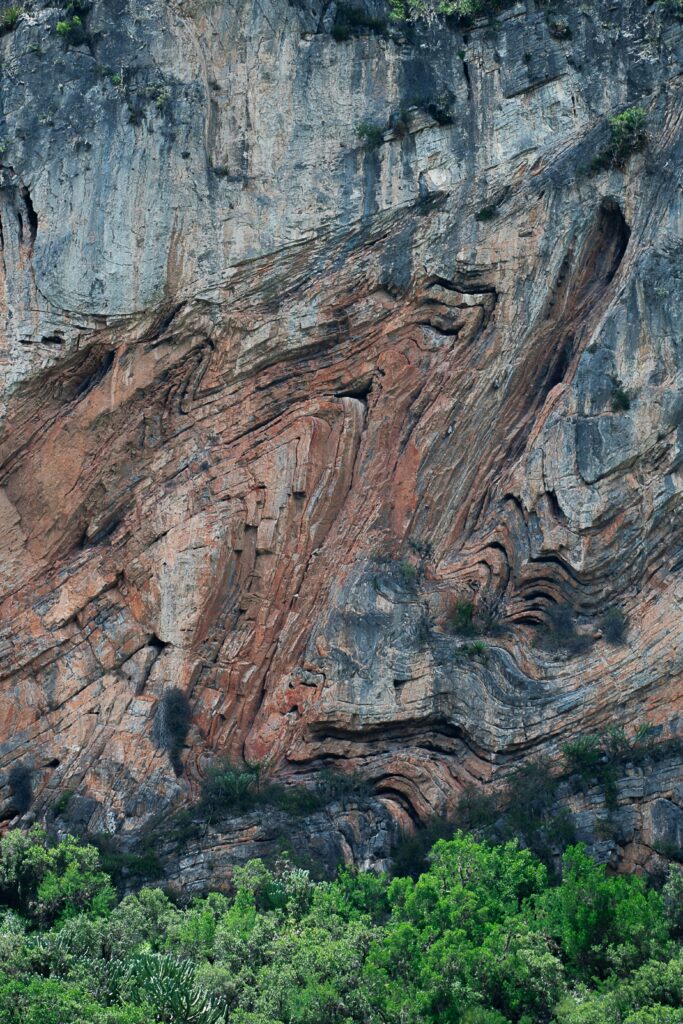
The geopark covers 8,808 square kilometers, including land and marine areas like” Karst landscapes like the Chocolate Hills, uplifted marine terraces in Loon and Maribojoc, the Danajon Double Barrier Reef which is only one of six in the world, and of course the Alicia Schist, which is Bohol’s oldest rock.
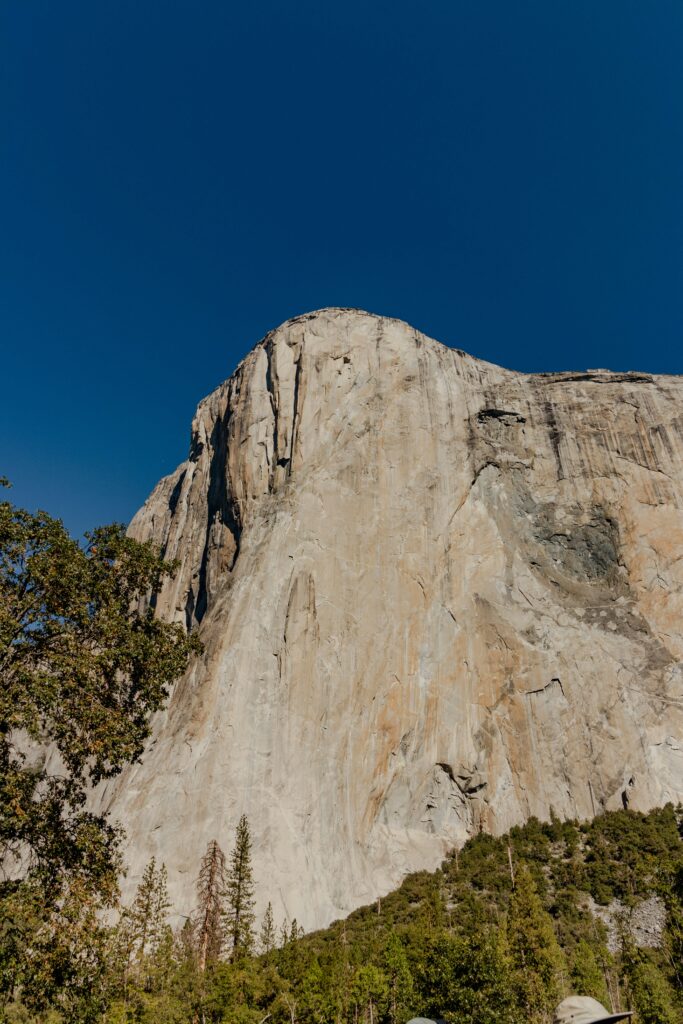
Isn’t it amazing when you think about it? The rock formation Alicia Schist was once on the ocean floor that was slowly rising through millions of years of Earth’s shifting crust.


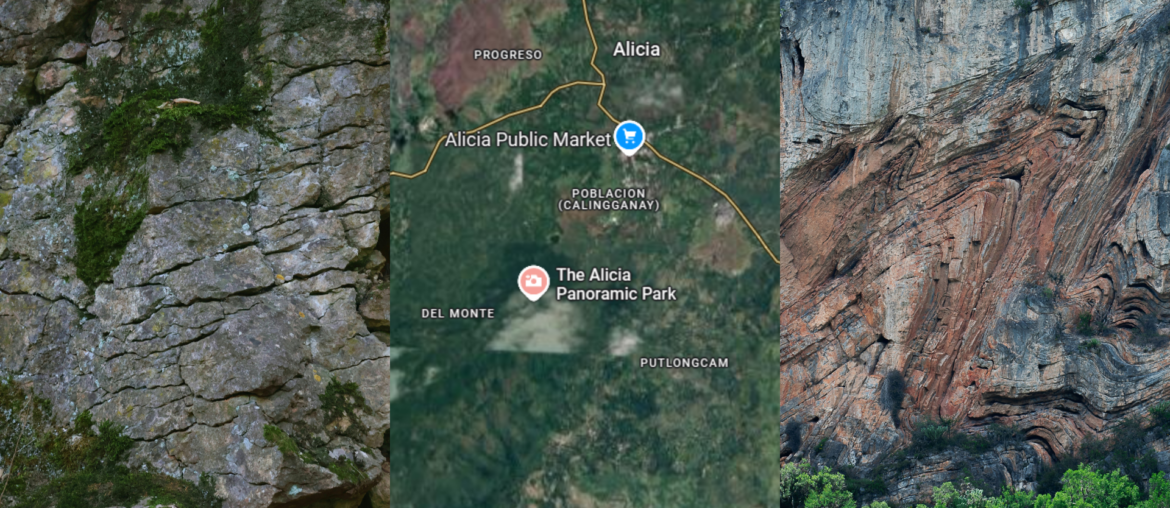
Comments are closed.